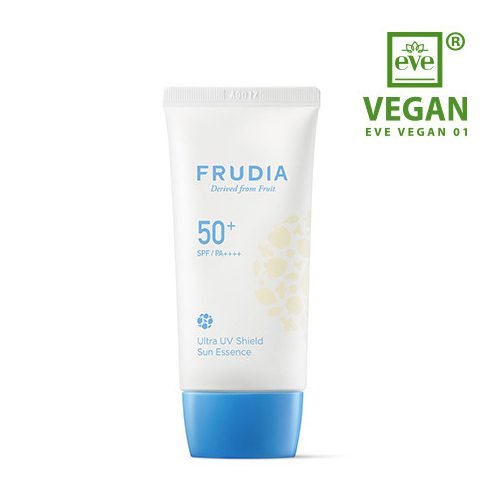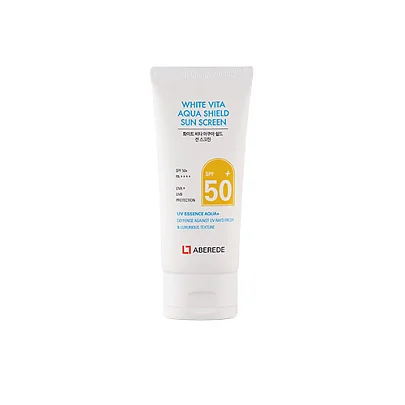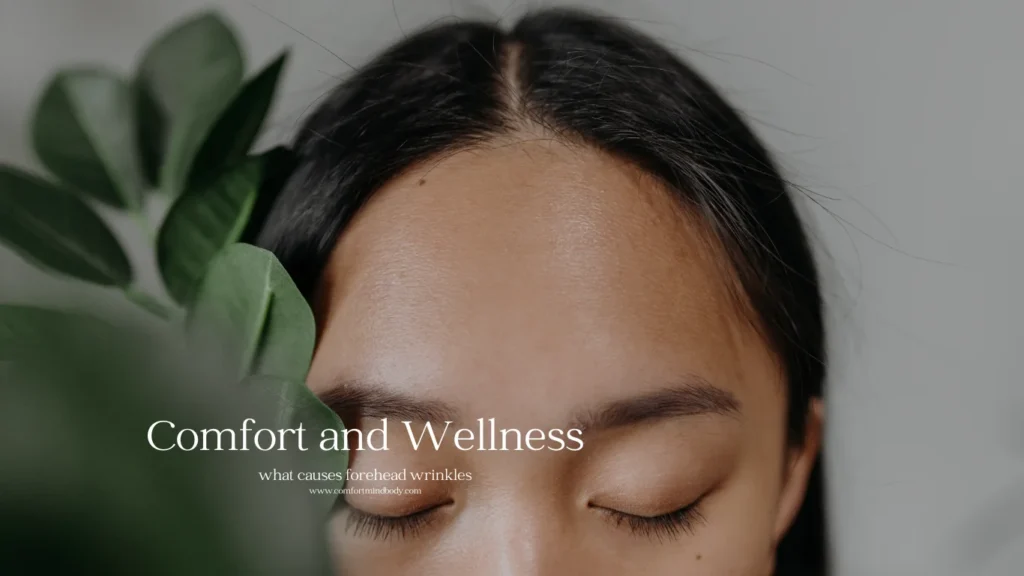Table of Contents
ToggleIntroduction:
Spring is here, and with the warmer weather comes more time spent outdoors. Enjoying the sun can be fun, but it’s important to know the risks of UV radiation. Sunburns, skin aging, and skin cancer are just a few of the potential consequences of too much sun exposure.
In this article, we will cover everything you need to know about sun safety and how to choose the best SPF for spring protection.
Understanding SPF and How It Works
Best SPF for Spring
SPF means Sun Protection Factor. It shows how well a sunscreen protects against UVB rays. UVB rays cause sunburns. The higher the SPF number, the more protection the product provides.
For example, an SPF 30 sunscreen will block around 97% of UVB rays, while an SPF 50 sunscreen will block around 98% of UVB rays.
It’s important to know that SPF only measures protection against UVB rays. It does not protect against UVA rays, which can also harm the skin. Look for broad-spectrum sunscreens that protect against both types of radiation.
Different Types of UV Radiation
Best SPF for Spring
UV radiation is a type of energy that comes from the sun and can cause damage to the skin. There are two main types of UV radiation: UVA and UVB.
- UVA radiation penetrates deeper into the skin than UVB radiation and is responsible for skin aging and skin cancer.
- UVB radiation is responsible for sunburns and skin cancer.
Both types of radiation can cause damage to the skin, so it’s important to protect against both.
Importance of Choosing the Right SPF
Best SPF for Spring
Choosing the right SPF is essential for protecting your skin from sun damage. The American Academy of Dermatology says everyone should use sunscreen with at least SPF 30. People with fair skin or a history of skin cancer should use sunscreen with at least SPF 50.
Using sunscreen with a high SPF does not mean you can spend more time in the sun without reapplying. It’s important to reapply sunscreen every two hours or after swimming or sweating.
Top Korean Skincare SPF:
Common Myths About Sunscreen and SPF
Best SPF for Spring
There are many myths surrounding sunscreen and SPF. Here are a few of the most common:
- Myth: Sunscreen is only needed on sunny days.
- Fact: UV radiation can penetrate clouds and cause sun damage on cloudy days.
- Myth: Sunscreen is only needed at the beach or pool.
- Fact: Sunscreen should be worn any time you will be spending time outside, even on overcast days.
- Myth: Higher SPF provides all-day protection.
- Fact: Sunscreen should be reapplied every two hours or after swimming or sweating.
The Difference Between Physical and Chemical Sunscreens
Best SPF for Spring
There are two main types of sunscreen: physical and chemical.
- Physical sunscreens work by reflecting UV radiation away from the skin. They contain ingredients like zinc oxide or titanium dioxide.
- Chemical sunscreens work by absorbing UV radiation before it can penetrate the skin. They contain ingredients like avobenzone or oxybenzone.
Both types of sunscreen are effective, but physical sunscreens may be better for those with sensitive skin or allergies.
Planet Friendly Recommended Sunscreen:

SPF 30 Tinted Zinc Mineral Sunscreen Stick
Blends with a variety of skin tones to blur imperfections and provides broad-spectrum UVA/UVB protection with 80 minutes of water resistance.
How to Properly Apply Sunscreen for Maximum Protection
Best SPF for Spring
Proper application of sunscreen is essential for maximum protection. Here are some tips:
- Apply sunscreen 15 minutes before sun exposure.
- Use enough sunscreen to cover all exposed skin.
- Reapply sunscreen every two hours or after swimming or sweating.
- Use a lip balm with SPF to protect your lips.
- Don’t forget to apply sunscreen to your ears, neck, and feet.
Additional Sun Safety Tips
Best SPF for Spring
In addition to wearing sunscreen, here are some additional sun safety tips:
- Wear protective clothing, such as a hat and sunglasses.
- Seek shade during the hottest hours of the day.
- Avoid tanning beds.
- Check your skin regularly for changes or unusual moles.
Best SPF Products for Spring Protection
Best SPF for Spring
There are many great SPF products on the market that can help protect your skin from sun damage. Here are a few of our top picks:
- La Roche-Posay Anthelios Melt-In Sunscreen Milk SPF 60
- Neutrogena Ultra Sheer Dry-Touch Sunscreen SPF 100+
- EltaMD UV Clear Facial Sunscreen SPF 46
- Supergoop! PLAY Everyday Lotion SPF 50
Conclusion
Best SPF for Spring
Protecting your skin from sun damage is essential for maintaining healthy, youthful skin and preventing skin cancer.
You can protect your skin while enjoying the outdoors. First, learn about the different types of UV radiation. Next, choose the right SPF for your needs. Finally, apply sunscreen correctly.
Remember to reapply sunscreen every two hours and seek shade during the hottest hours of the day. With these sun safety tips, you can enjoy all that spring has to offer while keeping your skin healthy and protected.
Protect your skin this spring by choosing the right SPF and following these sun safety tips. Shop our selection of top-rated sunscreen products today.
Read: How to Protect Skin Barrier And What to Know About It.
Affiliate Disclosure:
The links contained in this product review may result in a small commission. This goes towards supporting our research and editorial team and please know we only recommend high-quality products.
Note: This article is for informational purposes only and is not intended to diagnose, treat, or cure any disease. Always consult a healthcare professional before taking any supplement or making any changes to your diet or lifestyle.








